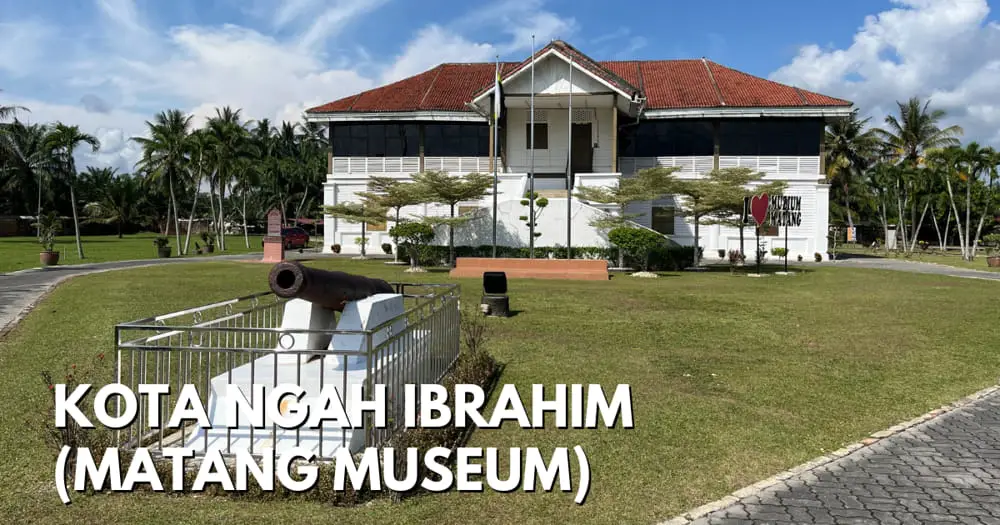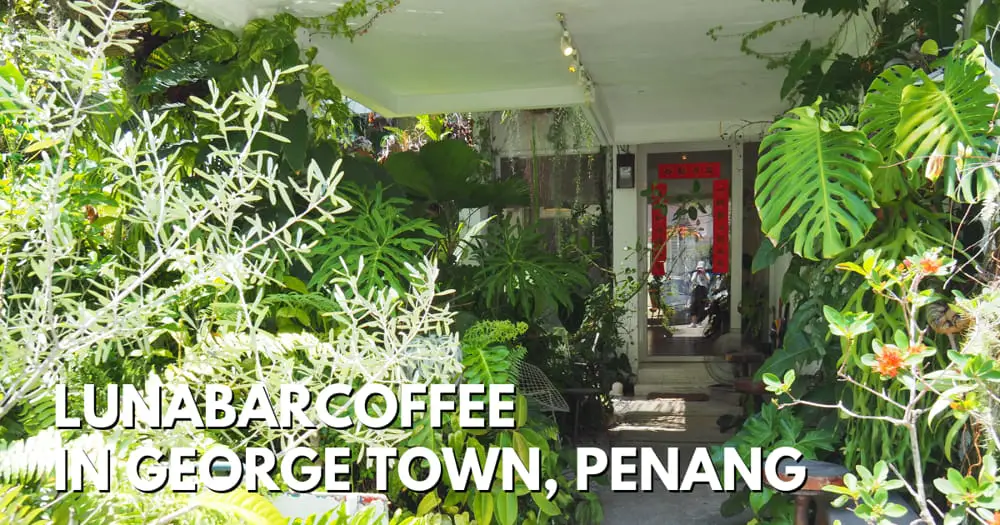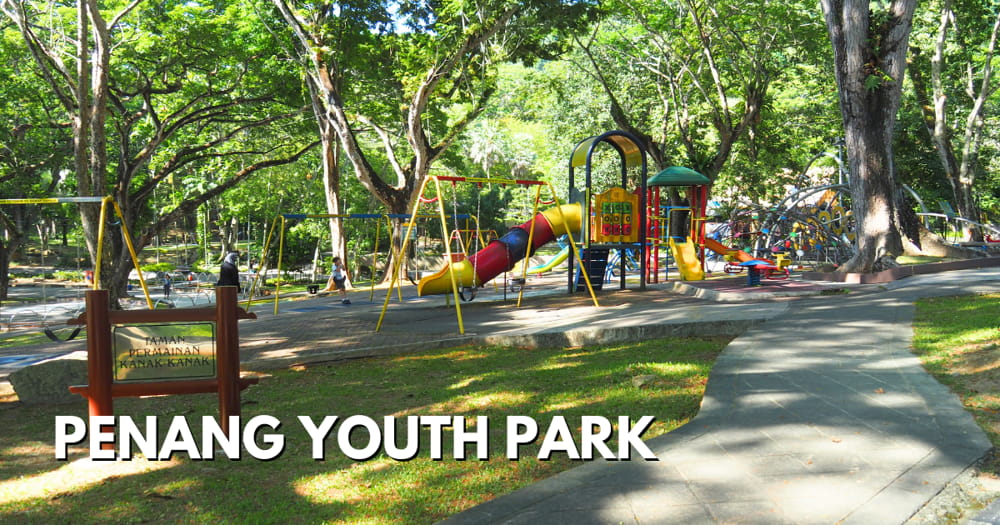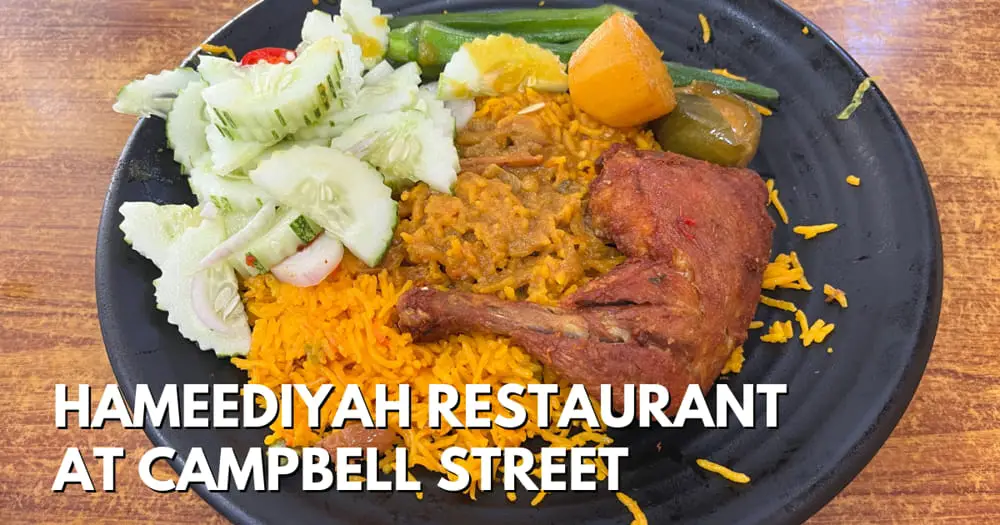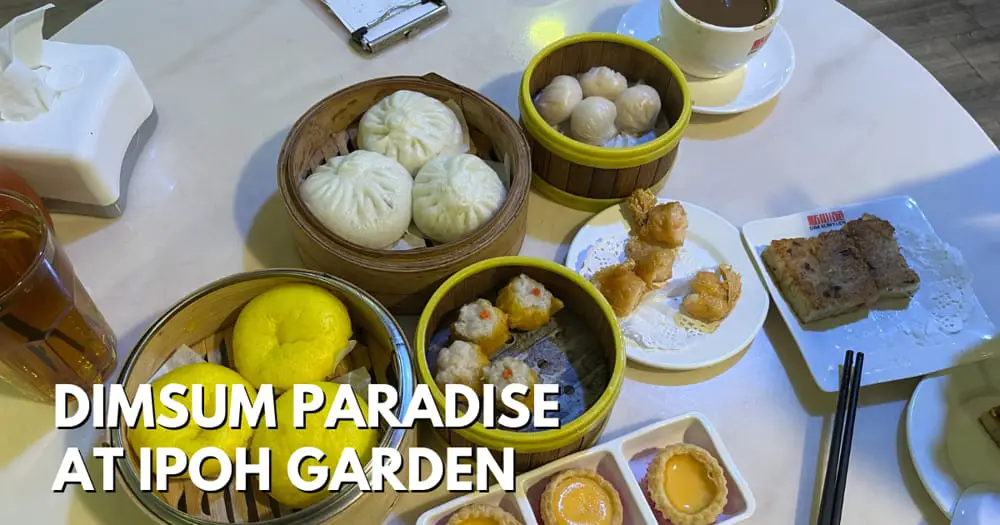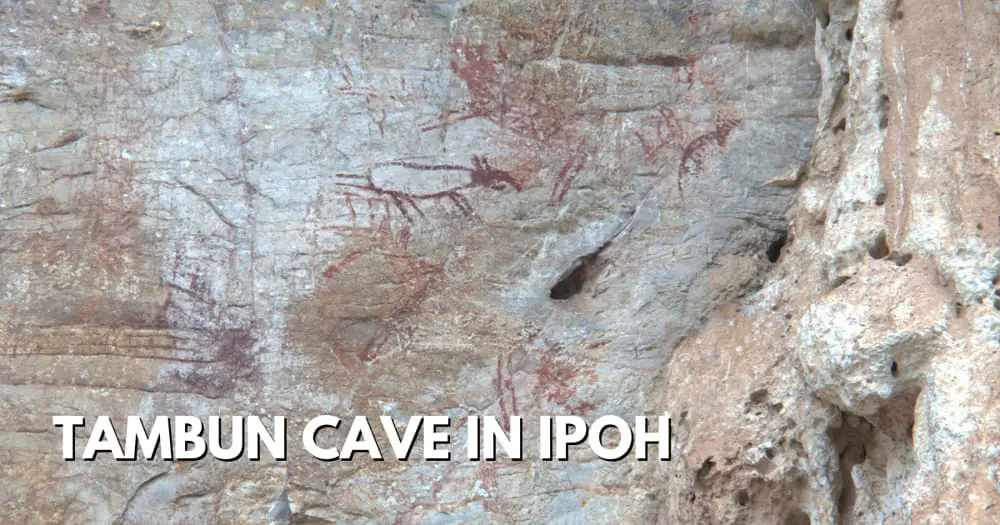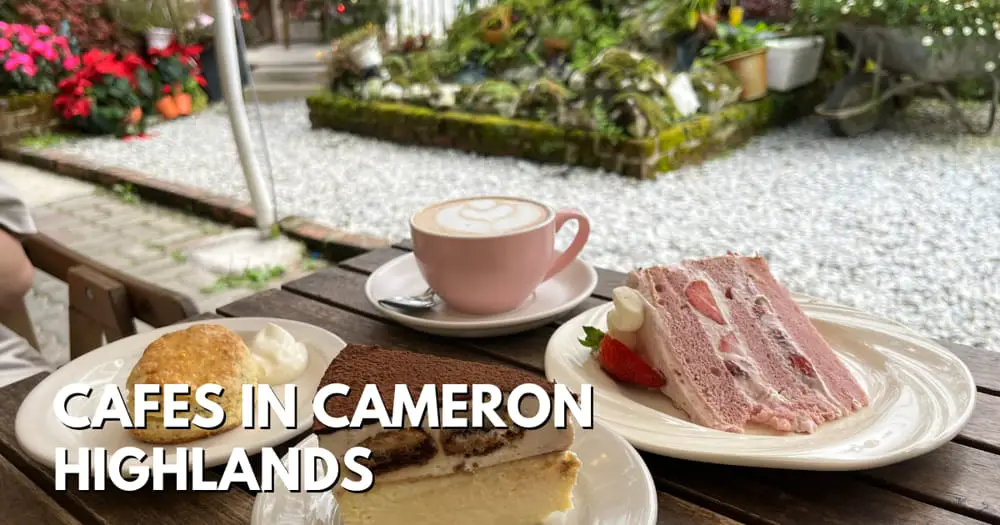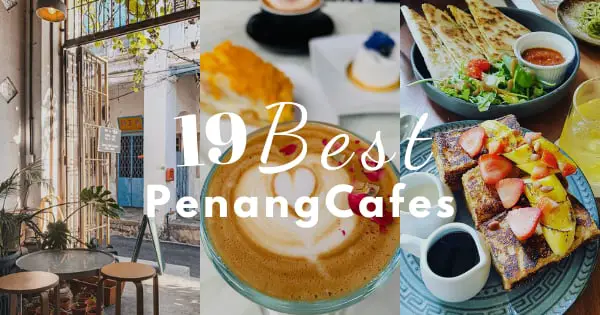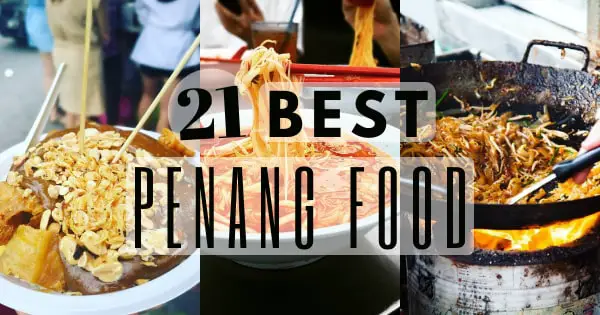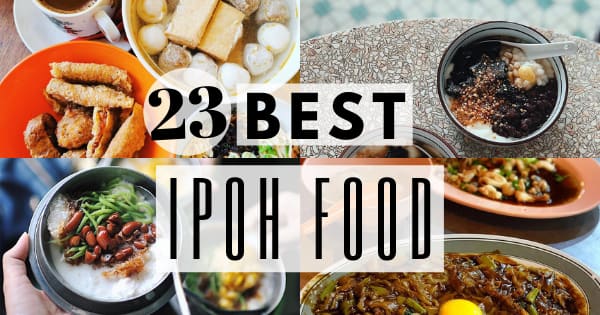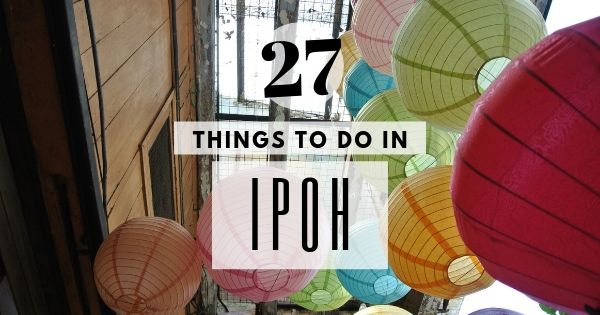About Travelswithsun
Travelswithsun is not just a personal diary of travel experiences. It is a travel and food blog run by two Ipoh locals who like traveling and food hunting.
Because we are from Ipoh, we frequently travel to neighboring states to visit Cameron Highlands, Penang, Langkawi, Kuala Lumpur, and other places in Selangor.
We aim to help other travelers (including fellow Malaysians) make the most of their trips by sharing travel tips through our own experiences.
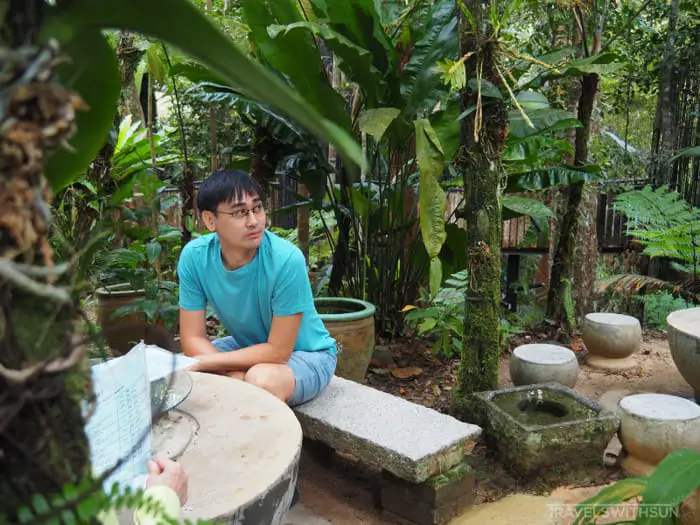
Sun – Founder of Travelswithsun; Ex-engineer now full-time travel blogger
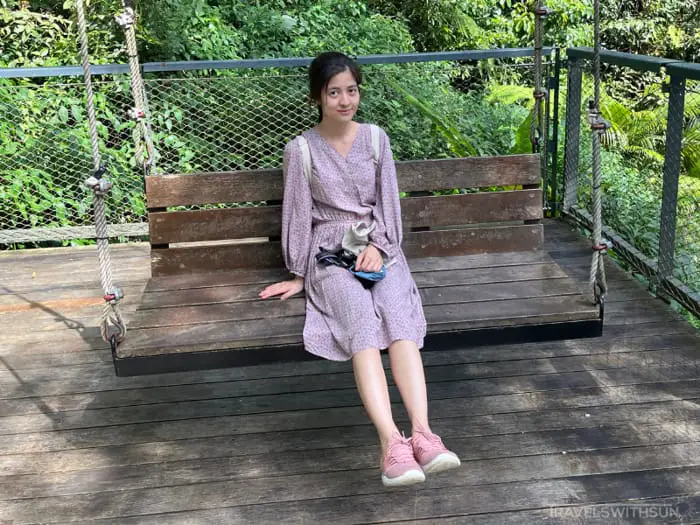
Janice – Co-Founder of Travelswithsun; Ex-engineer now full-time travel blogger
Follow Us
Latest Blog Posts
Chang Keong Dim Sum Restaurant – No Long Queues Necessary
Ipoh Old Town has its fair share of options when it comes to dim sum and Chang Keong Dim Sum Restaurant is one of them….
Perak Botanic Gardens In Taiping – To See Or Not To See
Why would anyone want to visit Perak Botanic Gardens (or Taman Botani Perak) when there is another better-known alternative in Taiping? Is there something about…
Kota Ngah Ibrahim (Matang Museum) – Historic Landmark And More In Taiping
Kota Ngah Ibrahim or Ngah Ibrahim’s Fort can be found just outside Taiping. The building and the grounds have immense historical significance. Visitors can enter…
Lunarbarcoffee – Hidden Café With Incredible Service
Lunarbarcoffee is far from tourist spots in Penang. It is close to a residential area and is popular with the working crowd nearby. So, is…
Youth Park – Hidden City Park In Penang With Free Perks
We wish our city had such a cool park as this. Penang Municipal Park is not only free to enter, but huge. It goes by…
Hameediyah Restaurant At Campbell St – Nasi Kandar At Its Finest
Is Hameediyah Restaurant with its constant queue outside worth waiting for? The well-known nasi kandar restaurant is on Campbell Street in George Town which is…
Hot Bowl White Curry Mee – Michelin Star Eatery In George Town
As a recipient of the coveted Michelin Star, what can you expect from Hot Bowl White Curry Mee? Can it live up to the high…
Sam Poh Restaurant In Tambun, Ipoh – Go-To For Locals
Sam Poh Restaurant is not halal. Nor is it suitable for parties and weddings. But for casual meals, it’s very popular among the local crowd!…
Dimsum Paradise – Reliable Branch In Ipoh Garden
Many dim sum eateries are closed in the middle of the week. But not Dimsum Paradise! This is the first of two branches in Ipoh….
Everything You Should Know About Tambun Cave Before You Go
Did you know that Ipoh has ancient cave paintings you can see for free? These are over at Tambun Cave. Where is Tambun Cave exactly?…
Coral Hill Hike – Alternative Mossy Forest Trail With No Entry Fees
The cooler climate at Cameron Highlands makes hiking a very pleasant outdoor activity. There are different jungle trails to explore as a result. Coral Hill…
5 Cafes In Cameron Highlands – Where To Spend A Chill Afternoon
If you want to spend an hour or so to relax in between sightseeing, here are our top picks for cafes in Cameron Highlands. Many…
Popular Blog Posts
Private Tours By Raythetour
Tours Start From Ipoh And Other Places In Perak But These Are The Most Popular Tours!
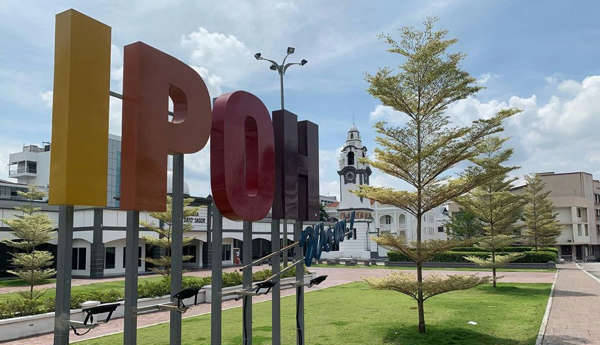
Ipoh Tour
A classic favorite that features the best of our hometown! Ipoh food, cave temples and Ipoh Old Town! Plus a few added places that tourists don’t normally go on their own!
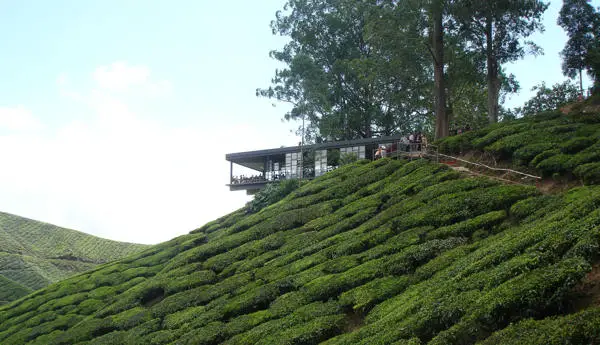
Cameron Highlands Tour
See the best of Cameron Highlands with a private guide to drive you around and give you local insight and history of the tea plantations, farms, gardens and more!
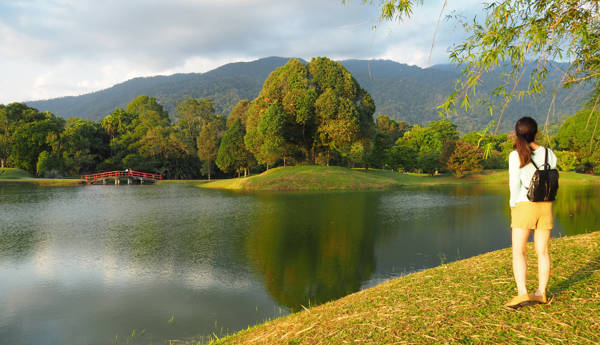
Taiping Tour
Just an hour away, Taiping is an easy day trip from Ipoh with a completely different atmosphere, a good deal of history and natural beauty including the Taiping Lake Gardens!



